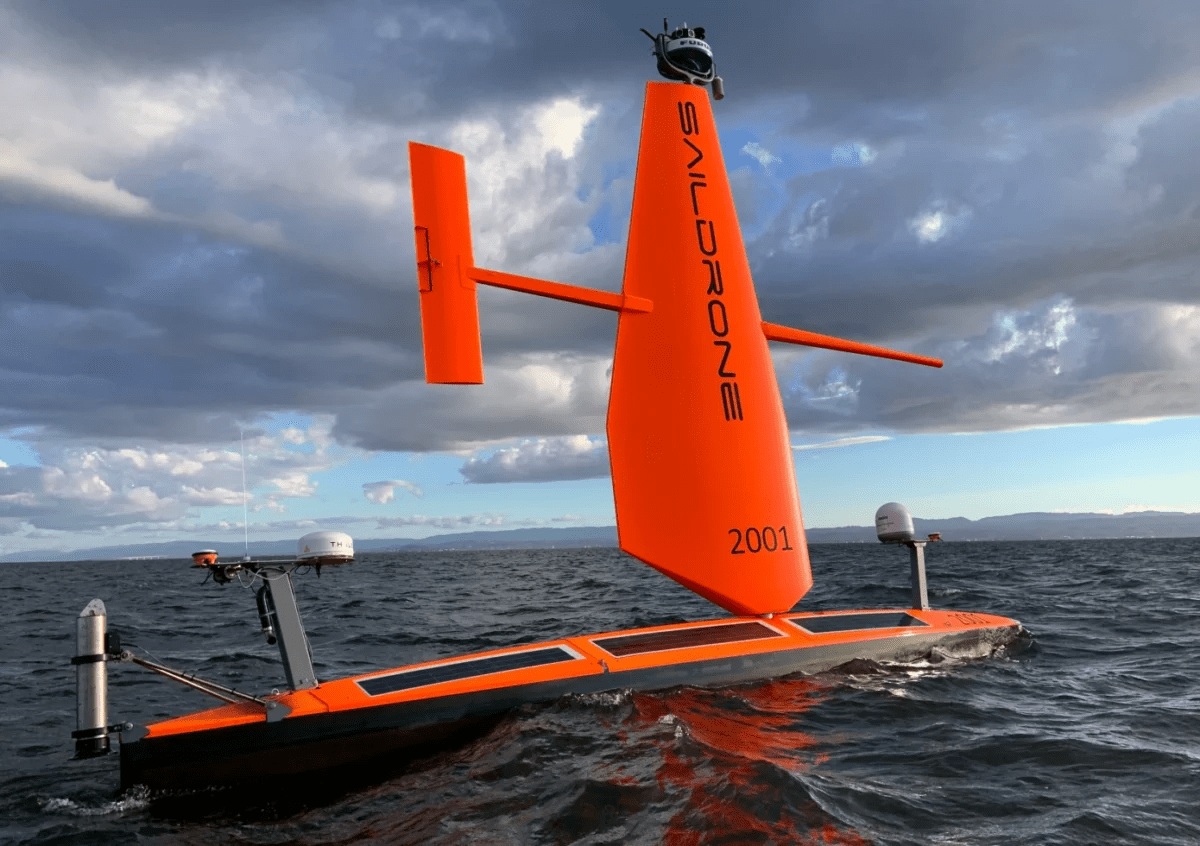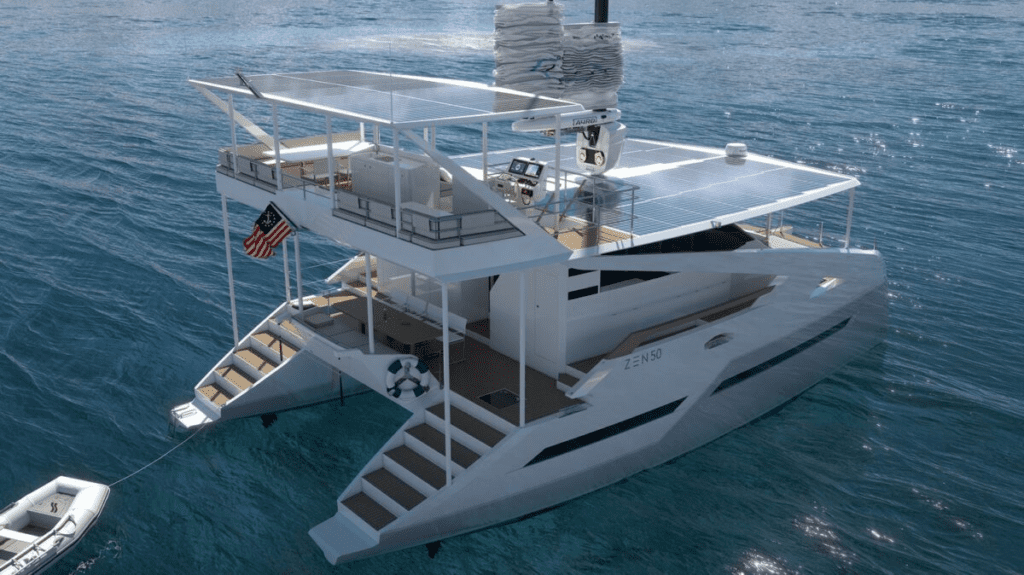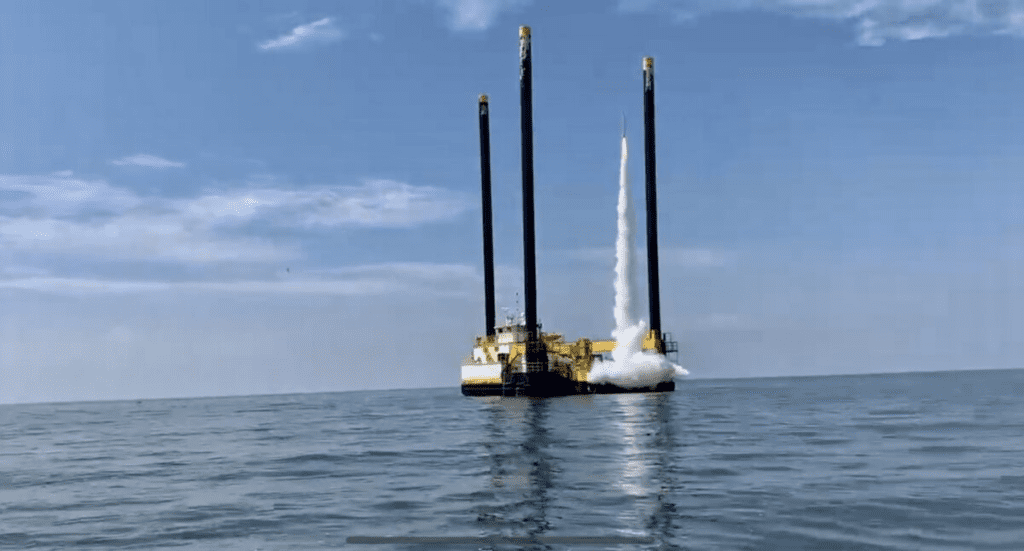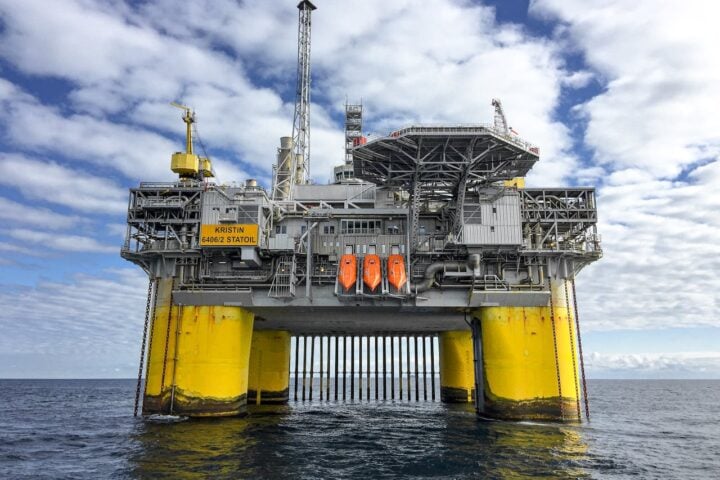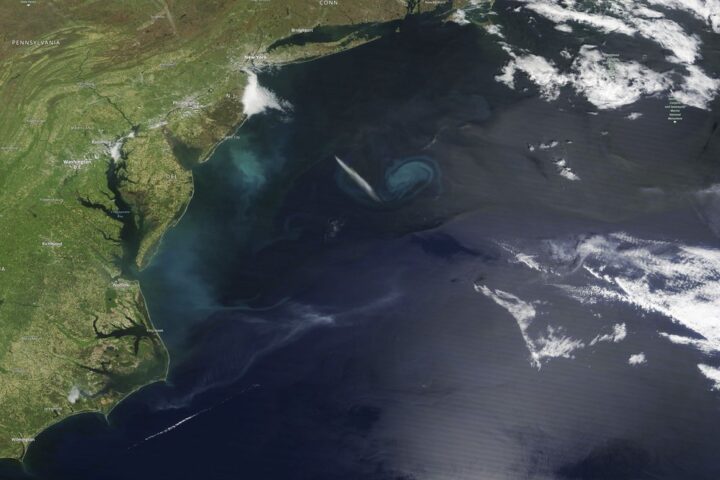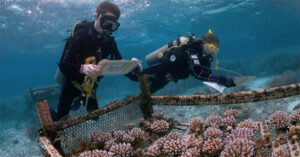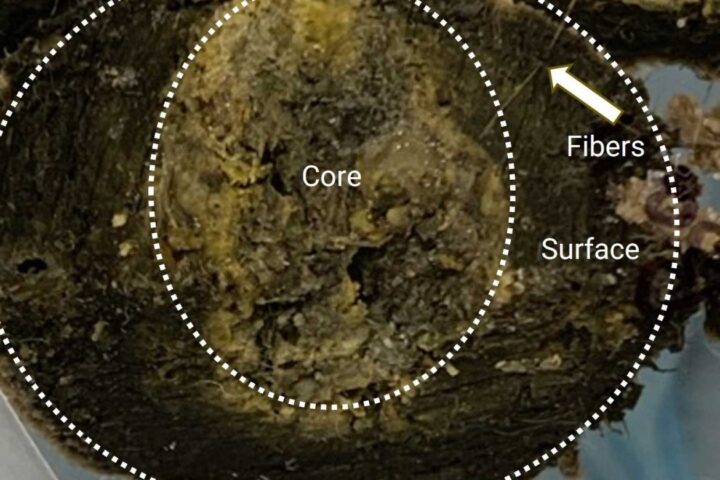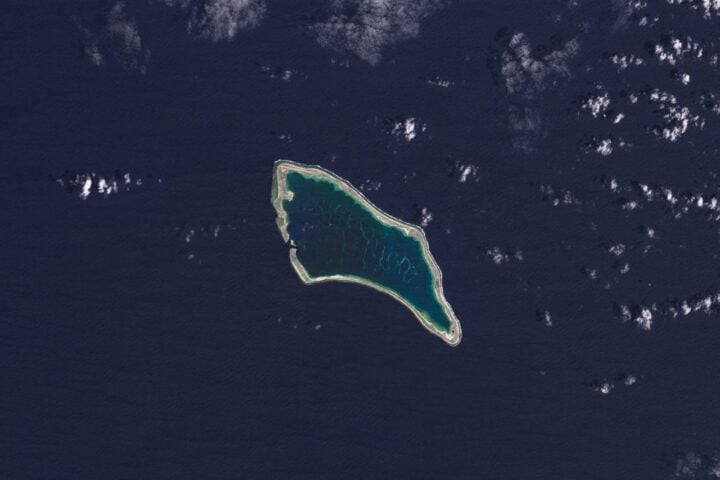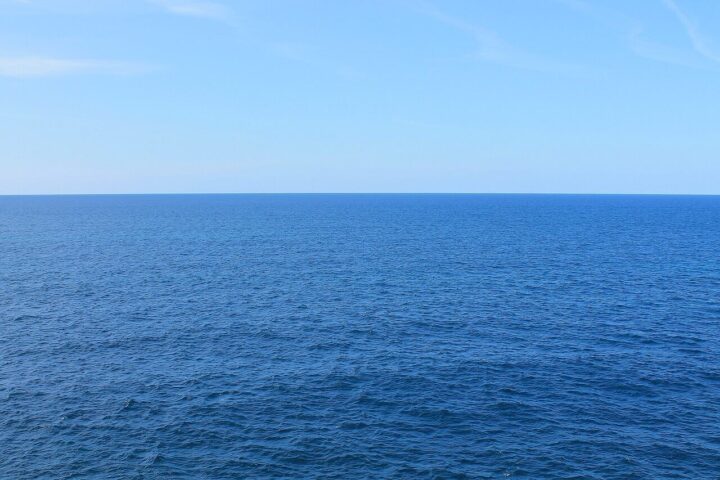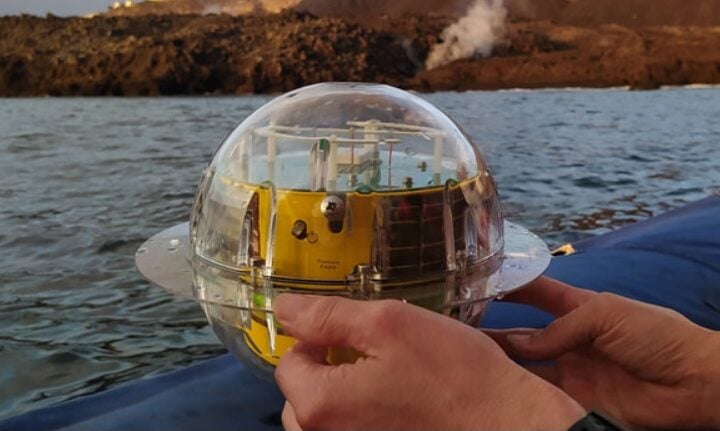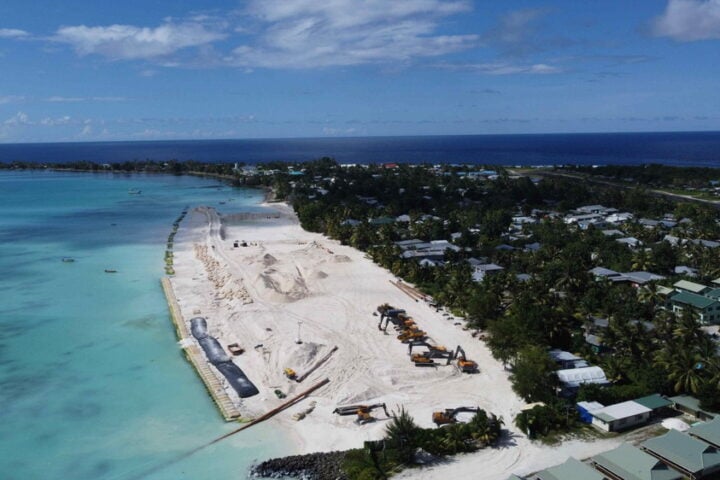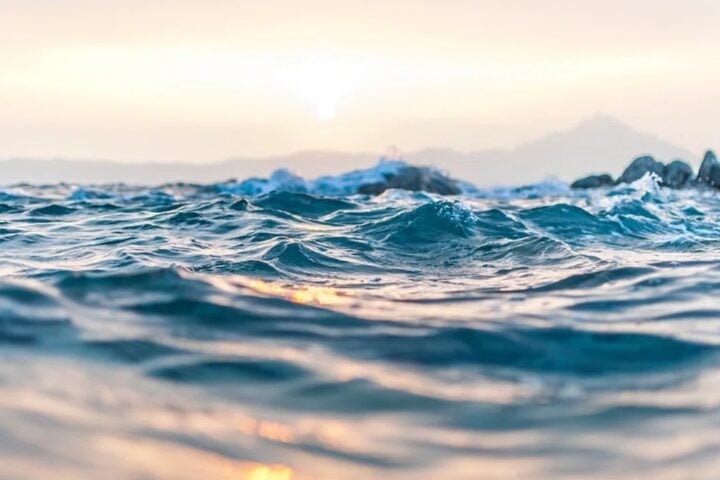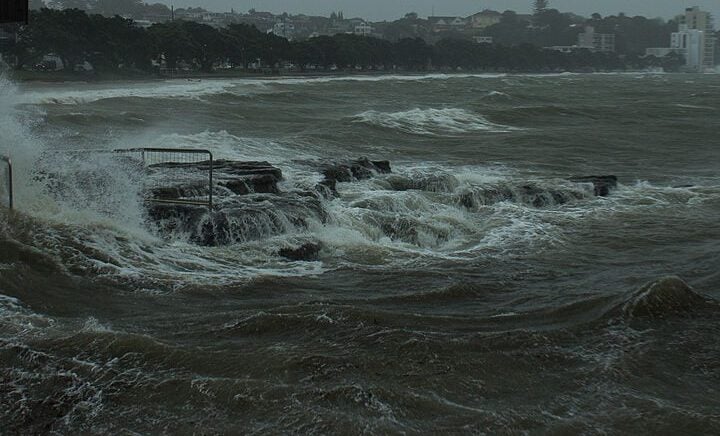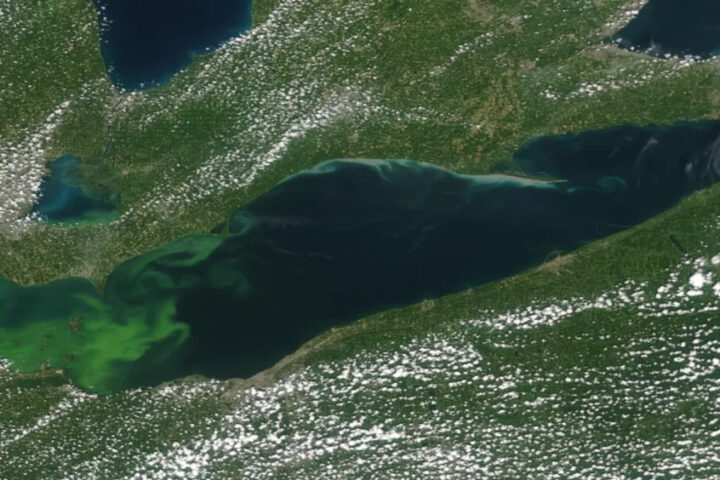Saildrone is quickly gaining a prominent place in the field of autonomous seagoing vehicles, as this field is gaining significance across various industries. Bridging the gap between its smaller Explorer and larger Surveyor models is the Voyager, Saildrone’s latest vessel, with the company producing 1 Voyager per week.
A 33-foot unscrewed surface vehicle, the Voyager is designed for near-shore maritime operations, such as coastal and lake mapping. The Voyager can provide detailed information about the sea or lake bed up to a depth of 900 feet as it is equipped with sonar, cameras, radar, and sub-surface passive acoustics.
The capabilities of the Voyager extend beyond mapping, as it can identify illegal dumping sites, drifting trash, and assist in law enforcement operations. Valuable data for research purposes, aiding oceanographers, meteorologists, and other professionals, is offered by autonomous platforms like Saildrone’s Voyager.
The Voyager, Explorer, and Surveyor are some of Saildrone’s line of unmanned surface vehicles, catering to different mission requirements. A persistent data link, increased power capacity, and the ability to integrate various payloads for ocean mapping and surveillance are offered by the Voyager.
The Voyager is enabled by multi-beam sonar technology to map the sea floor up to depths of 300 meters. Featuring an electric propulsion system for low-wind and undiscovered-shore operations, the Voyager primarily relies on wind and solar power.
Contributing to a better understanding of the changing ocean, near-shore industries like seaweed farms and fisheries can benefit from the data collected by the Voyager. Allowing for extended periods at sea and deployment in challenging environments like polar waters, Saildrone vessels operate without crew.
Having undergone testing since February of the previous year, the Voyager has seen revisions based on technological advancement and emerging use cases. Aiming to produce one Voyager per week, the Saildrone is transitioning into full production mode. In order to meet production demands, Saildrone outsources the manufacturing of the wing, keel, and hull to partners Janaki Industries and Seamann Composites.
The aim of Saildrone is to be a force multiplier for partners and allies, enhancing intelligence, surveillance, and reconnaissance (ISR) capabilities. Saildrone’s collaboration with composite specialists like Janicki Industries and Seemann Composites allows it to rapidly meet the challenges of ocean data collection.
Having undergone sea trials in the San Francisco Bay and offshore of California, the Voyager will commence operational missions in maritime security and ocean mapping. Nearly 1 million nautical miles, encompassing regions from the Arctic to the Antarctic, are spanned by Saildrone’s proven track record of successful missions.
The advanced data collection capabilities have the potential to revolutionize ocean mapping and marine security. Tailored for near-shore bathymetry mapping and various maritime security missions, the Saildrone Voyager is an advanced unmanned surface vehicle.
